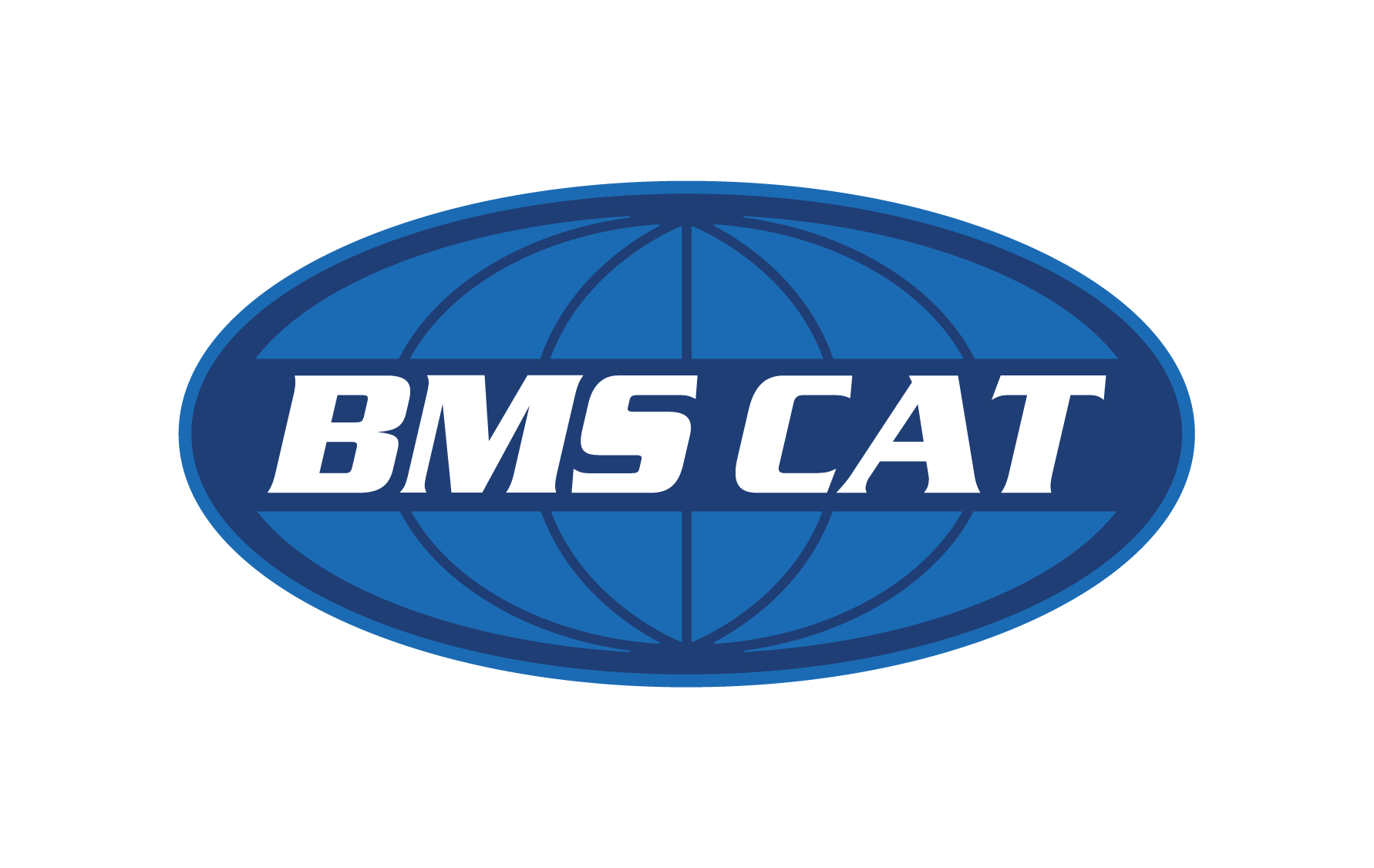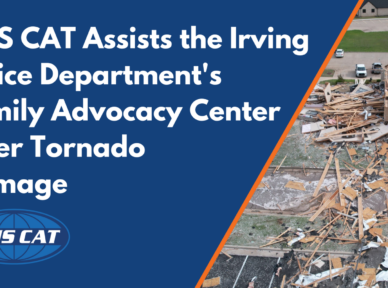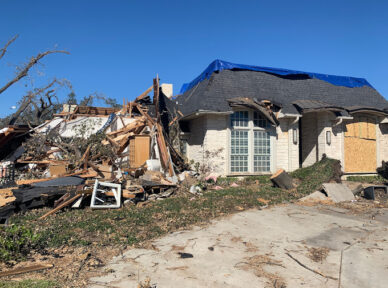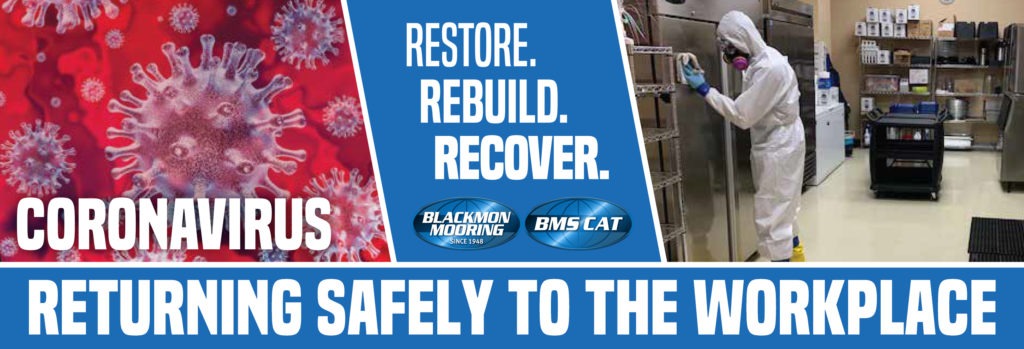
Returning Safely to the Workplace
As mandatory shut downs and restrictions begin to ease, businesses will be allowed to reopen.
It’s likely that this will be a gradual shift, with some industries allowed to reopen before others, and that there will be rules and new standards for how workplaces operate in a post-coronavirus world.
If your business is waiting for the green light to reopen, or has already reopened, it’s essential you have a plan in place to keep your workplace safe.
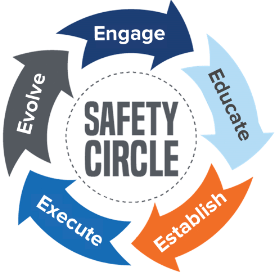
Engage
Employers who make it part of their routine to pay attention and stay engaged with the following will be well positioned to navigate through these unprecedented times:
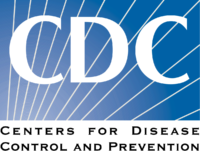

Educate
Educate employees about how they can reduce the spread of COVID-19
Wash your hands icon Wash your hands often with soap and water.
Don't touch your face or rub your eyes Don’t touch your face or rub your eyes.
Disinfect frequently touched surfaces Disinfect frequently touched surfaces.
Avoid close contact with people who are sick Avoid close contact with people who are sick.
Establish
The CDC recommends that facilities receive routine cleaning on touched surfaces in the workplace. The following protocols should be followed daily for continuous employee and customer protection. These protocols should be followed for the foreseeable future.

Facility Cleaning
Touchpoints and other frequently touched hard, non-porous surfaces should be disinfected daily. This would include door handles, countertops, bathrooms, breakrooms and others throughout the building or facility.
Vehicle Cleaning
Company vehicles should be wiped and disinfected daily before use. This would include the steering wheel, door handles, seat buckles and other frequently touched surfaces.

Equipment Cleaning
Equipment should be cleaned before and after each use to prevent cross-contamination.
Execute
Our teams standby to provide cleaning and decontamination services, while maintaining our quality standards and safety protocols.
- Precautionary Services: There is no current concern that anyone infected with COVID-19 has come into contact with anyone in the facility. Cleaning is being performed for preventative measure only.
- Reactive Services: Belief or knowledge that someone infected with COVID-19 has come into contact with someone in the facility, or has entered the facility themselves. In this case, a more robust protocol is recommended.
Evolve
Best practices and guidance will continue to evolve, therefore, any plan will require flexibility until a new normal emerges or risks and concerns diminish. Stay abreast of guidance from federal, state, local and territorial health agencies, and consider how to incorporate those recommendations and resources into workplace-specific plans.
Understanding Disinfecting & Fogging
The CDC recommends that facilities receive routine cleaning on touched surfaces in the workplace. The following protocols should be followed daily for continuous employee and customer protection. These protocols should be followed for the foreseeable future.

Facility Cleaning
Touchpoints and other frequently touched hard, non-porous surfaces should be disinfected daily. This would include door handles, countertops, bathrooms, breakrooms and others throughout the building or facility.

Cleaning & Disinfecting
The CDC recommends cleaning surfaces using soap and water, then using an EPA-registered disinfectant.
3 ways disinfecting chemicals can be applied
- Sprayers: Pump-up sprayers and spray bottles are most effective when you can spray them close to the area being treated. Most sprayers can only spray short distances, which is not as effective for treating large areas. They are most effective for cleaning or applying a large amount of product in the immediate area being cleaned. This would include applications on carpeting, flooring or other horizontal surfaces.
- Fogging: The purpose of fogging is to create and disperse a disinfectant aerosol to reduce the numbers of airborne contaminates, and to apply disinfectant to surfaces that may be difficult to reach. This is especially true for uneven surfaces often found on desks or other offices spaces. Fogging is an efficient method to dispense a large amount of product over a wide area in a very short period.
- Electrostatic Fogging: Electrostatic foggers apply a charge to the liquid droplets as they are formed, and just before the droplets leave the spray nozzle. These “super-charged” droplets then actively seek out negative or neutral surfaces. Because of the electrostatic charge, droplets “wrap” around surfaces providing an even, consistent surface coverage. The electrostatic charges encourages the liquid to cover the bottom side of objects more evenly.
Contact us at 877-730-1948.
